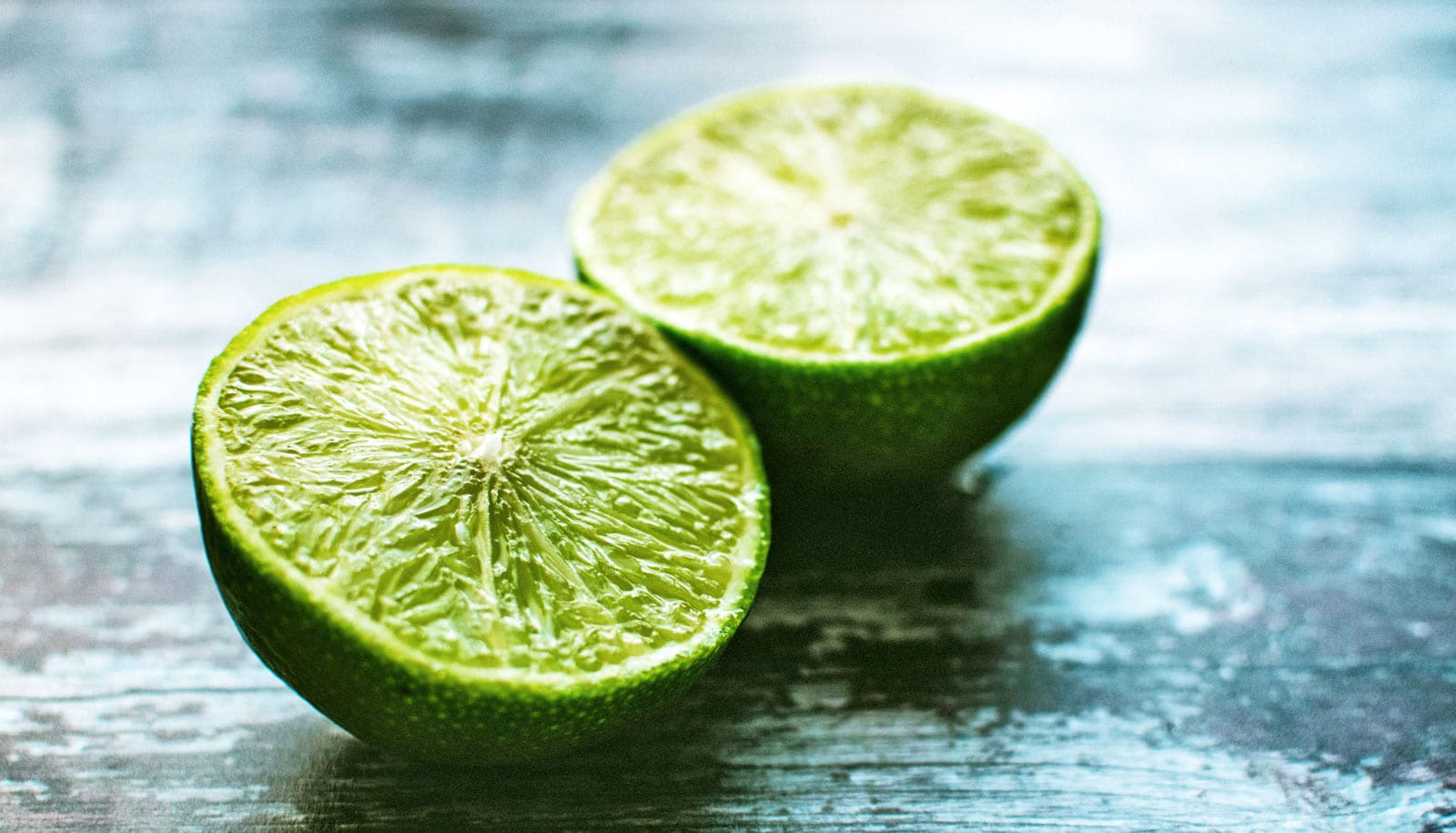Researchers have discovered the taste center in the human brain by uncovering which parts of the brain distinguish different types of tastes.
“We have known that tastes activate the human brain for some time, but not where primary taste types such as sweet, sour, salty, and bitter are distinguished,” says Adam Anderson, professor of human development in the College of Human Ecology at Cornell University and senior author of the study in Nature Communications.
“By using some new techniques that analyze fine-grained activity patterns, we found a specific portion of the insular cortex—an older cortex in the brain hidden behind the neocortex—represents distinct tastes,” Anderson says.
The insular cortex, which separates the frontal and temporal lobes, has long been thought to be the primary sensory area for taste. It also plays a role in other important functions, including visceral and emotional experience.
“While we identified a potential ‘sweet’ spot, its precise location differed across people…”
“The insular cortex represents experiences from inside our bodies,” Anderson says. “So taste is a bit like perceiving our own bodies, which is very different from other external senses such as sight, touch, hearing, or smell.”
Previous work has shown a nearby insular region processes information originating from inside the body—from the heart and lungs, for example. In this way, distinct tastes and their associated pleasures may reflect the needs of our body. Taste not only reflects what is on our tongue but also our body’s need for specific nutrients, Anderson says.
The researchers found evidence that could be considered the “sweet” spot in the insula—a specific area where a large ensemble of neurons respond to sweetness stimulation on the tongue.
“While we identified a potential ‘sweet’ spot, its precise location differed across people and this same spot responded to other tastes, but with distinct patterns of activity,” Anderson says. “To know what people are tasting, we have to take into account not only where in the insula is stimulated, but also how.”
Compared with previous animal studies that show distinct activation clusters of basic tastes in the brain, the new study’s results reveal a more complex taste map in the human brain, Anderson says, where the same insular region represents multiple tastes.
“One of the difficulties in prior work on the connection between the brain and taste specifically is that tastes come with strong associated hedonic responses, like sweet tastes good and bitter bad,” he says. “So we have not known if these taste regions are really dedicated to taste, but rather hedonics or palatability of taste. Our research also identified patterns distinguishing liking from disliking in the insula that were distinct from those representing taste quality.”
By comparing different compounds that result in similar taste quality, like the sweetness of glucose versus sucralose, the study also demonstrated that the insula represents taste quality, i.e., “sweet” and not just specific chemicals.
“That we have found a specific region in the insular that distinguishes primary tastes from each other as well as from subjective liking and disliking has provided strong evidence of where and how taste is represented in the human brain,” he says. “While we have long known the cortical areas for our external senses, we now have strong evidence for human gustatory cortex.”
Researchers from Columbia University and the University of Colorado also contributed to the study. The Canadian Institutes of Health Research, the Japan Society for the Promotion of Science, and the Takeda Science Foundation funded the study.
Source: Stephen D’Angelo for Cornell University



